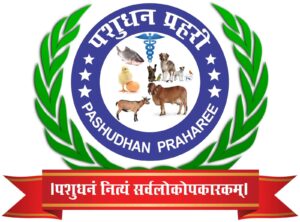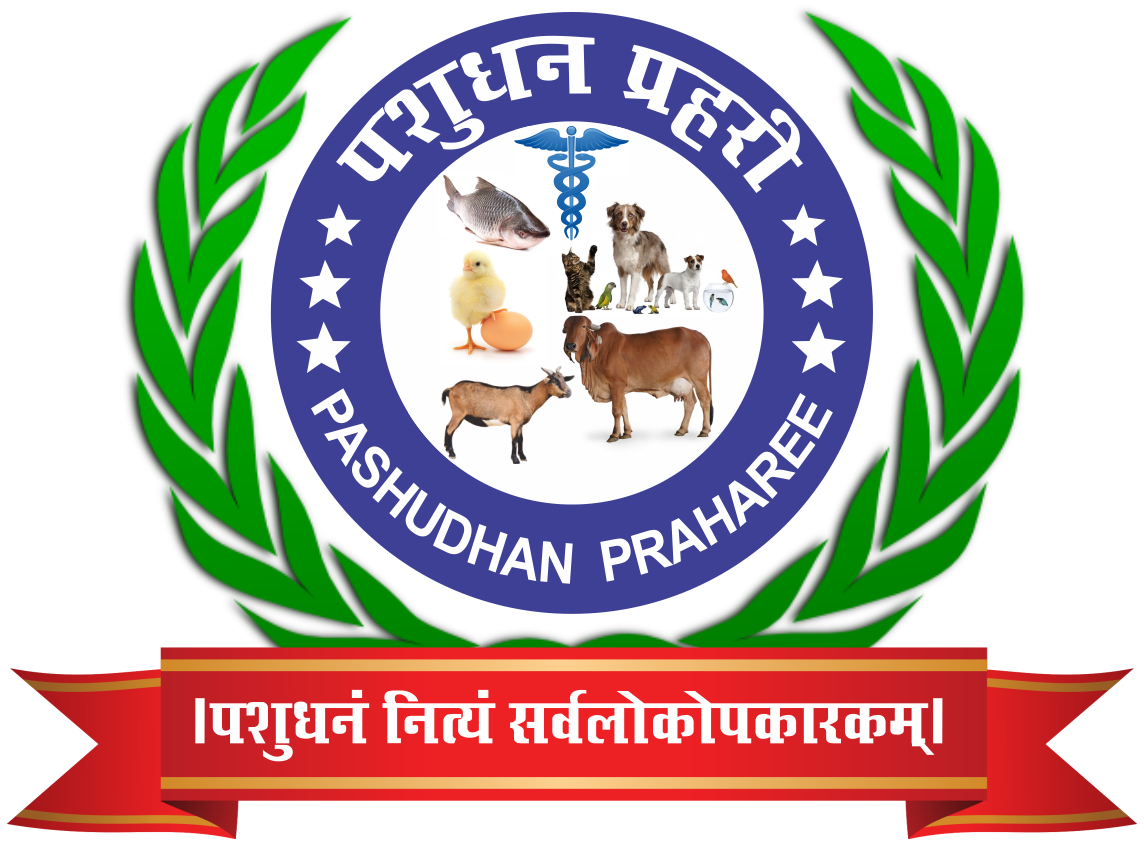Pig Farming in India: A SWOT Analysis for Sustainable Growth
National Pig Day, celebrated annually on March 1st, is dedicated to recognizing the significance of pigs in agriculture, food production, and sustainable farming. While the observance originated in the United States, its relevance extends globally, including in India, where pig farming plays an essential role in rural livelihoods, food security, and economic development.
Importance of National Pig Day
- Awareness About Pig Farming – Highlights the role of pigs in livestock farming and promotes sustainable pig-rearing practices.
- Economic Contributions – Acknowledges the contribution of pig farming to the livestock economy, benefiting small and marginal farmers.
- Nutritional Significance – Emphasizes the importance of pork as a protein source, especially in northeastern and tribal regions of India.
- Advancing Research & Breeding Programs – Encourages advancements in pig genetics, disease management, and feed efficiency.
- Addressing Myths & Misconceptions – Raises awareness about modern hygienic pig farming, breaking stereotypes about pig rearing.
Relevance of Pig Farming in India
- Livelihood Support: Pig farming provides a low-cost, high-profit livelihood, particularly for rural and tribal communities in states like Nagaland, Assam, Meghalaya, Bihar, Jharkhand, and Uttar Pradesh.
- Government Initiatives: Schemes like the National Livestock Mission (NLM) and Pig Development Program support piggery as an emerging sector.
- High Feed Conversion Ratio (FCR): Pigs grow rapidly and efficiently convert feed into body weight, making them ideal for commercial meat production.
- Waste Management & Sustainability: Pigs contribute to organic farming by consuming food waste and producing nutrient-rich manure.
Challenges in Indian Pig Farming
- Disease Management: Outbreaks of swine diseases like Classical Swine Fever (CSF) and African Swine Fever (ASF) pose significant threats.
- Lack of Organized Market: Pig farming in India remains largely unorganized, requiring better infrastructure and marketing support.
- Cultural and Dietary Preferences: Pork consumption is limited to certain regions, affecting market expansion.
- Limited Breeding Programs: Indigenous pig breeds need genetic improvement for higher productivity.
Way Forward for Sustainable Pig Farming in India
- Improved Breeding & Genetic Enhancement – Promoting high-yielding breeds through selective breeding programs.
- Better Disease Prevention & Veterinary Support – Expanding vaccination programs and disease surveillance.
- Infrastructure Development – Setting up modern pig farms and slaughterhouses with hygienic processing facilities.
- Market Linkages & Value Addition – Encouraging pork processing industries, cold storage facilities, and international exports.
- Community-Based Pig Farming Models – Empowering small-scale farmers through cooperative farming and training programs.
Pig farming is an emerging livestock sector in India that provides economic stability, especially to rural and tribal communities. However, the industry faces various challenges that need to be addressed for sustainable growth. A SWOT (Strengths, Weaknesses, Opportunities, and Threats) analysis helps in evaluating the current state of pig rearing in India and identifying areas for improvement.
Strengths
- High Feed Conversion Efficiency (FCE) – Pigs grow quickly and convert feed into body weight more efficiently than other livestock.
- Low Initial Investment – Requires minimal capital compared to large ruminants like cattle and buffaloes.
- Fast Reproduction Rate – Pigs have a short gestation period (about 114 days) and produce multiple piglets per litter, leading to quick herd expansion.
- Waste Utilization – Pigs can thrive on agricultural by-products, kitchen waste, and organic feed, making pig farming an eco-friendly venture.
- Livelihood Support for Marginal Farmers – Especially beneficial for small-scale and tribal farmers in Northeastern states, Bihar, Jharkhand, Chhattisgarh, and Odisha.
- Government Support & Schemes – Programs like the National Livestock Mission (NLM), Pig Development Program (PDP), and NABARD assistance support pig farmers.
- Demand for Pork & Pork Products – Growing demand for pork in Northeast India, Goa, and among select communities, providing stable market potential.
Weaknesses
- Lack of Organized Market – Pig farming in India is mostly unorganized, with inadequate supply chains and pricing mechanisms.
- Limited Veterinary Services – Shortage of veterinary doctors and disease diagnostic centers, especially in remote areas.
- Poor Awareness About Scientific Rearing – Many small farmers lack technical knowledge on nutrition, breeding, and disease control.
- High Disease Susceptibility – Pigs are vulnerable to outbreaks of diseases like African Swine Fever (ASF), Classical Swine Fever (CSF), and Foot and Mouth Disease (FMD).
- Limited Availability of Quality Breeds – Indigenous breeds have lower productivity, while access to high-yielding breeds is restricted.
- Cultural and Religious Constraints – Pork consumption is limited in many parts of India due to religious beliefs, affecting market expansion.
Opportunities
- Expansion of Commercial Pig Farming – Increasing demand for pork in urban areas presents a great opportunity for commercial piggery units.
- Export Potential – India can explore pork export markets by ensuring disease-free production and processing standards.
- Value-Added Products – Processing and selling pork-based products like sausages, bacon, and ham can boost revenue.
- Integration with Organic Farming – Pig manure can be used for biogas production and organic fertilizers, adding to sustainability.
- Research & Genetic Improvement – Scientific breeding and better feed management can increase production efficiency.
- Public-Private Partnerships (PPP) – Collaborations between the government, research institutes, and private agribusinesses can enhance infrastructure and training.
Threats
- Disease Outbreaks & Epidemics – Contagious diseases like ASF and CSF can wipe out entire pig populations, leading to economic losses.
- Climate Change Impact – Rising temperatures and erratic weather patterns may affect pig health and feed availability.
- Competition from Other Livestock Sectors – Poultry and cattle farming dominate the Indian meat industry, leaving pork as a niche market.
- Lack of Consumer Awareness – Many consumers have hygiene concerns regarding pork consumption, affecting demand.
- Government Regulations & Trade Barriers – Strict animal welfare laws and meat export regulations can limit pig farming growth.
- Encroachment and Land Issues – Urbanization and land-use changes reduce available space for pig farming in many states.
Conclusion & Way Forward
Pig farming in India has strong economic potential, particularly in rural areas. However, to maximize its benefits, there is a need for better disease management, infrastructure improvements, market organization, and genetic research. Government policies, along with awareness programs and training initiatives, can help transform pig farming into a sustainable and profitable sector, contributing to food security and rural employment.
National Pig Day serves as a reminder of the economic, nutritional, and environmental value of pig farming, particularly for India’s rural and tribal communities. By investing in research, infrastructure, and awareness programs, India can strengthen its pig farming sector, ensuring food security, employment generation, and sustainable agricultural development.



